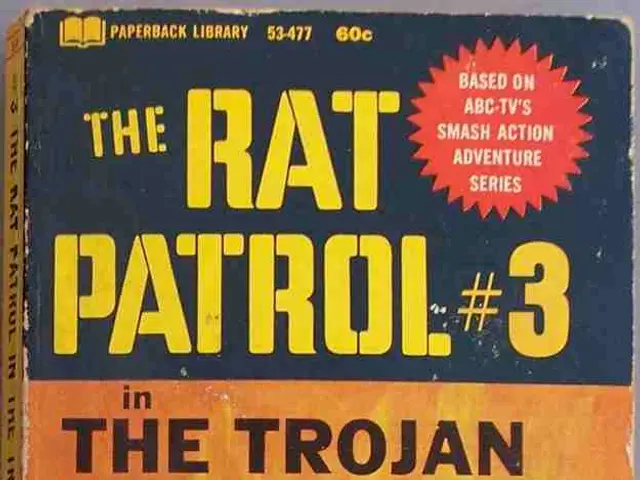Emerging Technologies Present Challenges in Resolving Hypothetical Criminal Cases
In the world of crime fiction, the landscape is rapidly changing, as technology becomes an increasingly complex and untrustworthy tool. The next decade promises a shift in focus, with authors expected to explore themes of mistrust in video and images, logs, and digital information.
This shift is due to the growing capability of technology to manufacture innocence. Deepfakes, AI-generated alibis, and digital time-stamp forgeries are just a few examples of how technology can be manipulated to mislead. Reliable evidence such as footage and voice records may soon become unreliable, adding a new layer of challenge for crime fiction writers.
The author of the upcoming series "Artificial Wisdom" remains a mystery, but the book promises to delve deep into this technological morass. Set a quarter century ahead, the story features cleaning bots tidying evidence before the police even arrive, highlighting the potential for technology to interfere with crime scenes.
In the past, writers often relied on plot devices involving communication breakdowns, such as dead phones or isolated locations, to create suspense. However, with the advent of advanced technology, even as a crime is being committed, the suspect's calendar assistant can reschedule meetings, AI receptionists can answer calls, and lifelike avatars can sit in video conferences, making it difficult to determine the suspect's whereabouts.
The Golden Age of mystery and thriller writing saw the widespread use of these types of devices, but the focus was more on people and their analog details. Now, technology is becoming a source of misdirection rather than a solution. Crime fiction is returning to focusing on people, their interactions, and the subtle clues that can be missed in a digital world.
This shift is not a new phenomenon. The X-Files television series, set in 1993, showcased the use of phones and email in storytelling, despite being set before the widespread use of cell phones. In the 2010s, crime stories began to embrace technology as a partner, using tools like CCTV, DNA analysis, cell towers, Wi-Fi logs, and "Find My" or smartwatch records to aid investigations. However, these tools have led to a new problem - investigations have increasingly become montages of analysts at screens, magically enhancing blurry images.
In the era of AI, crime writers are required to think like hackers, not just gumshoes, to navigate the complexities of technology in their stories. The inadequacy of AI tools could lead to issues in the future, such as detectives' AI detectors flagging alibi evidence as fake when it's real.
Tom Hindle's recent book, Death in the Arctic, uses the trope of isolation on a luxury airship to explain the lack of cell phone and internet access. This serves as a reminder that even in the future, technology might not always be available, and investigators will need to rely on their wits and instincts.
Thomas R. Weaver's book, Artificial Wisdom, is a futuristic murder mystery where technology interferes with the crime and the question of what is real and what can be trusted is a constant theme. The protagonist must navigate technology while also using it to solve the crime, making for a gripping and thought-provoking read.
As technology continues to evolve, crime fiction writers will need to adapt, finding new ways to keep their readers on the edge of their seats. Whether they choose to set stories in the recent past, strip technology away, or embrace technology in a futuristic setting, one thing is certain - the future of crime fiction is exciting and unpredictable.
Read also:
- Peptide YY (PYY): Exploring its Role in Appetite Suppression, Intestinal Health, and Cognitive Links
- Aspergillosis: Recognizing Symptoms, Treatment Methods, and Knowing When Medical Attention is Required
- Nighttime Gas Issues Explained (and Solutions Provided)
- Home Remedies, Advice, and Prevention Strategies for Addressing Acute Gastroenteritis at Home








